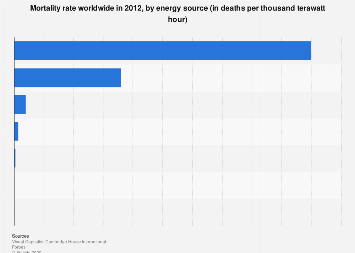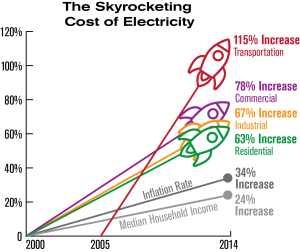Various strategies for power age can bring about fundamentally various expenses, and these expenses can happen at essentially various occasions comparative with when the force is utilized. The expenses incorporate the underlying capital and the expenses of consistent activity, fuel, and upkeep just as the expenses of decommissioning and remediating any ecological harm. Estimates of these expenses can be made at the place of association with a heap or to the power matrix so they could incorporate the transmission costs.
When it comes to Power to Choose , the first thing that comes to our knowledge is pricing.

The Levelized cost of energy (LCOE), or the Levelized cost of electricity, is a proportion of the normal net present cost of electricity age for a creating plant over its lifetime. It is utilized for venture arranging and to think about various strategies for electricity age on a reliable premise. The LCOE “addresses the normal income per unit of electricity created that would be needed to recuperate the costs of building and working a producing plant during an accepted monetary life and obligation cycle”, and is determined as the proportion between every one of the limited costs over the lifetime of an electricity-producing plant isolated by a limited amount of the real energy sums conveyed. Contributions to LCOE are picked by the assessor. They can incorporate the cost of capital, decommissioning, “fuel costs, fixed and variable activities and upkeep costs, financing costs, and an expected usage rate.
Renewable source – Photovoltaics
In 2020, IEA announced that sunlight-based PV power is the least expensive electricity in history. Photovoltaic costs have tumbled from $76.67 per watt in 1977 to almost $0.085 per watt in October 2020, for multi glasslike silicon sun-oriented cells and module cost to $0.193 per watt. This is viewed as proof supporting Swanson’s law, which expresses that sunlight-based cell costs fall 20% for each multiplying of combined shipments. The popular Moore’s law requires a multiplying of semiconductor checks like clockwork.
By 2011, the cost of PV modules per MW had fallen by 60% since 2008, as per Bloomberg New Energy Finance gauges, putting sun oriented force interestingly on a serious balance with the retail cost of electricity in some radiant nations; another option and reliable value decrease figure of 75% from 2007 to 2012 has additionally been distributed, however, it is indistinct whether these figures are explicit to the United States or by and large worldwide. The Levelized cost of electricity (LCOE) from PV is cutthroat with ordinary electricity sources in an extending rundown of geographic locales, especially when the hour of age is incorporated, as electricity is worth more during the day than at night. There has been a wild contest in the production network, and further upgrades in the Levelized Cost of energy for sun-oriented lie ahead, representing a developing danger to the strength of petroleum derivative age sources in the following, not many years. As time advances, sustainable power advances, for the most part, get less expensive, while petroleum derivatives by and large get more costly: The less sun based force costs, the better it thinks about customary force, and the more alluring it becomes to utilities and energy clients all throughout the planet.

